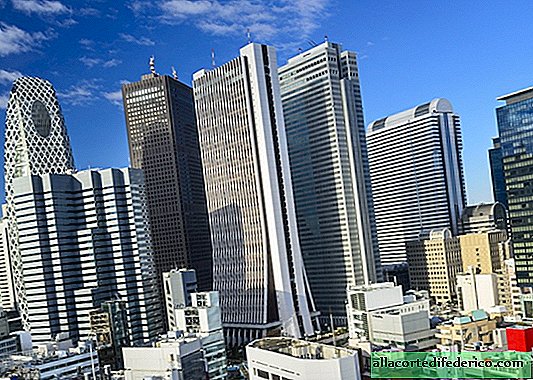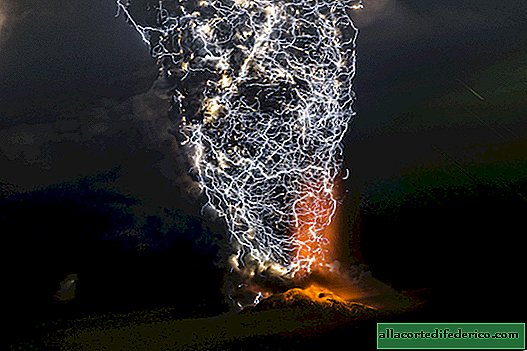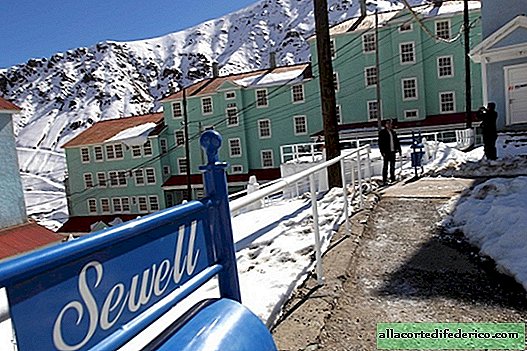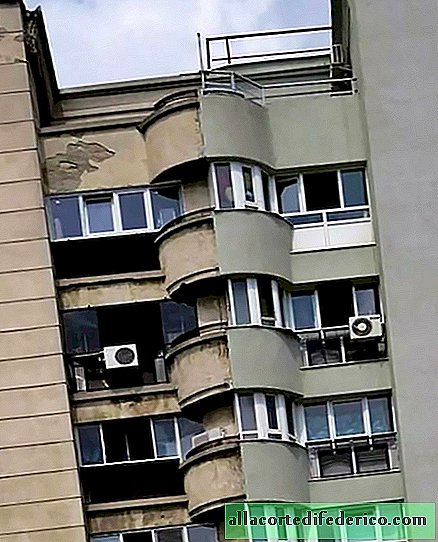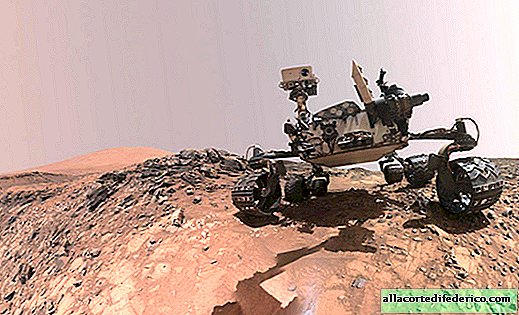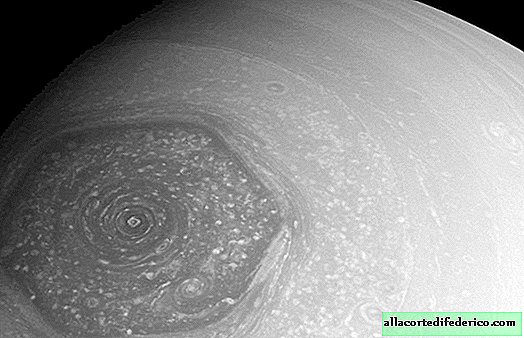Why the Chinese do not fly into space with everyone, and other interesting facts about the ISS
20 years ago, on November 20, 1998, the first module of the International Space Station was launched into Earth’s orbit. It was the Russian functional cargo block Zarya, which was subsequently joined by several more modules belonging to the USA, Canada, Japan and European countries represented by the European Space Agency. Thus, the ISS became the first large-scale international project in the history of mankind, which was implemented in low Earth orbit.
Interestingly, the idea of creating a large space station belongs to US President Ronald Reagan. But after several years of work on the project, American experts realized that they alone could not cope, and several more countries were involved in the project.
460 tons above the Earth
The station is composed on the principle of individual modules, which currently number 15. Its weight is about 460 tons, and its area is comparable to the area of a football field.
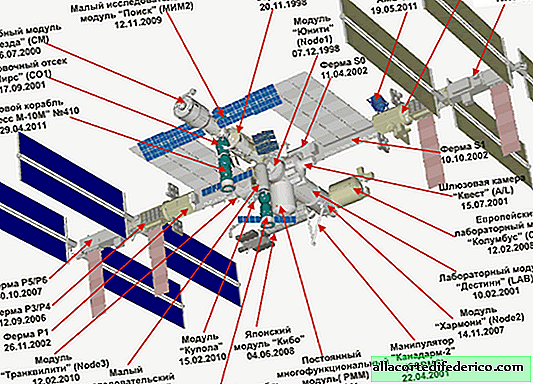
Everyone can see her
The ISS can be seen with the naked eye from the Earth, and it is the second brightest object in the night sky after the Moon and Venus.

16 sunrises per day
It turns out that the ISS makes one revolution around the Earth in just 90 minutes. For this reason, every 45 minutes, the station’s crew can watch the sunrise or sunset, and during the traditional Earth days, the ISS inhabitants observe 16 sunrises and 16 sunsets.

Sun energy only
All the energy needed to operate the ISS is obtained using solar panels.

Incredible speed
The station moves at a speed of 27,700 km / h.

Why the Chinese do not fly on the ISS
Chinese cosmonauts will not be able to visit the ISS in the near future, since back in 2011, the US Congress voted to ban any space cooperation with China. But this fact did not upset the Chinese at all: their astronauts fly to their own space stations, which China independently collects and puts into orbit.

Want to space, learn Russian
All the American cosmonauts whom NASA is preparing to fly to the ISS are required to pass an exam on knowledge of the Russian language.

The higher the more economical
Today, the orbit of the ISS is in the range of 410-430 kilometers above the Earth's surface. But it was not always so. Initially, the station flew much lower, at an altitude of 330-350 kilometers, so that the American Shuttles could reach it. But after the closure of the American program in 2011, the station was moved higher, thereby reducing energy consumption.

A new Russian module will appear soon
In 2019, they plan to dock the ISS Russian module, which will replace the existing Pirs module.

How long will the ISS work
The shutdown of the ISS is scheduled for 2024. And despite the fact that some project participants, as well as private companies, are proposing to extend the life of the ISS, the service module, which will lead it out of orbit, has already begun to fill with fuel.


